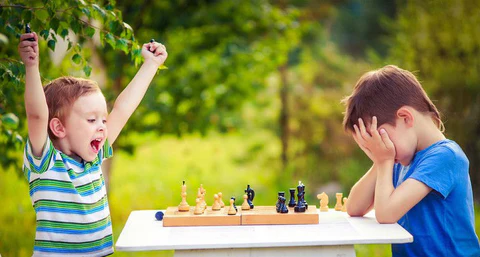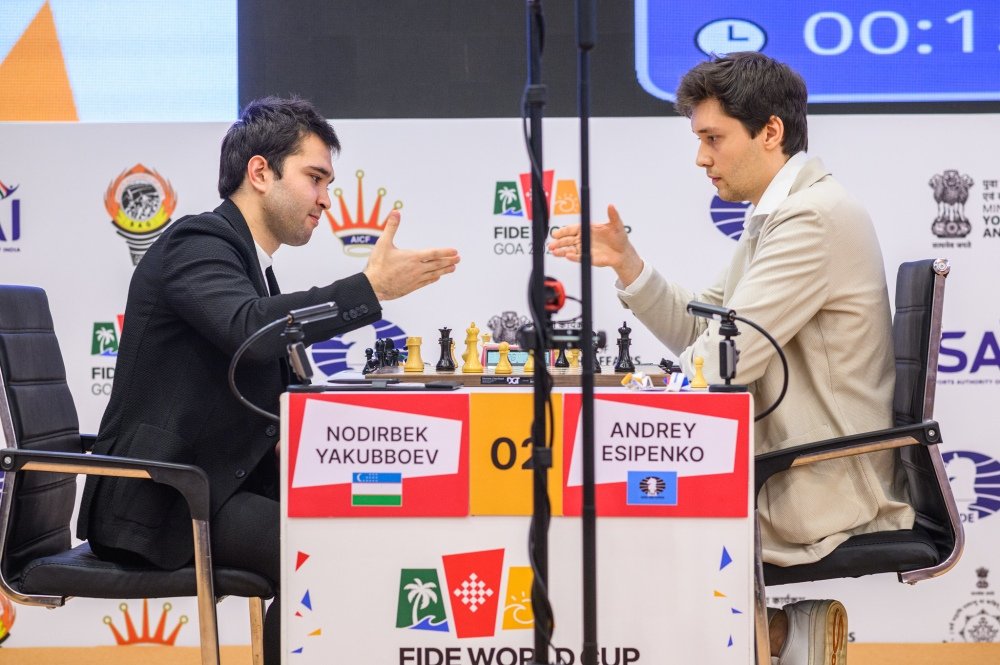
chessbrainz
Dec 06,2025
 0
0
 6
6
Why this matters: Parents today are constantly searching for activities that genuinely strengthen a child’s mind, not just entertain them. At ChessBrainz, we see this transformation daily....

chessbrainz
Dec 05,2025
 0
0
 11
11
At ChessBrainz, we’ve taught thousands of children over the years, and the pattern is impossible to ignore: kids who learn chess think better, focus better, behave better, and grow in ways many parents don’t expect. Parents often ask whether chess is “worth it” compared to sports, music classes, coding, or academic tuition....

chessbrainz
Nov 26,2025
 0
0
 179
179
At ChessBrainz, we follow these final rounds closely because they show the discipline, maturity and decision-making that define champions. The penultimate day of the FIDE World Cup 2025 brought two contrasting stories: a calm, almost inevitable draw in the fight for the title, and a high-pressure victory in the battle for the final Candidates spot....